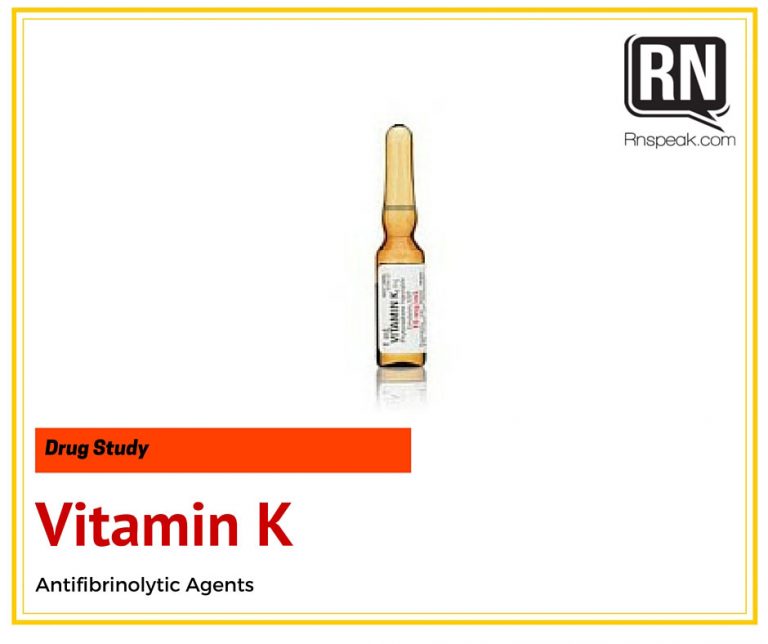


This combination can lead to mineralization of organs, with the kidneys being most susceptible, resulting in renal failure. How Cholecalciferol Affects Dogs and CatsĬholecalciferol increases calcium absorption in the gastrointestinal tract and decreases renal excretion of calcium producing hypercalcemia and hyperphosphatemia. By 2019, all rodenticides manufactured by d-CON®, the most popular brand of rodenticides, will be made with cholecalciferol. Unfortunately, the first-generation anticoagulants are less effective as rodenticides, which has caused producers to transition to either bromethalin or cholecalciferol, neither of which have safe, accessible and inexpensive antidotes like the anticoagulants. warfarin), bromethalin (neurotoxin), or cholecalciferol (vitamin D3). This regulation has caused rodenticide manufacturers to change active ingredients to first-generation anticoagulants (i.e. In 2011, the Environmental Protection Agency (EPA) enacted regulations banning the use of second-generation anticoagulants in residential rodenticides. Though there was the potential for life-threatening hemorrhage within 72 hours of ingestion, an inexpensive antidote (vitamin K1) was available and effective if administered prior to clinical signs. Historically, second-generation anticoagulants were the most common active ingredient in rodenticides. Ingestion of rodenticides by companion animals is consistently one of the most common intoxications in veterinary medicine.


 0 kommentar(er)
0 kommentar(er)
